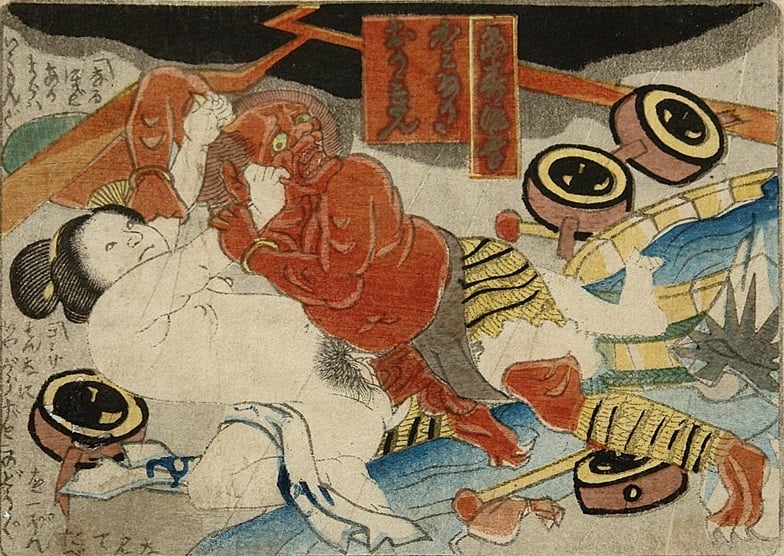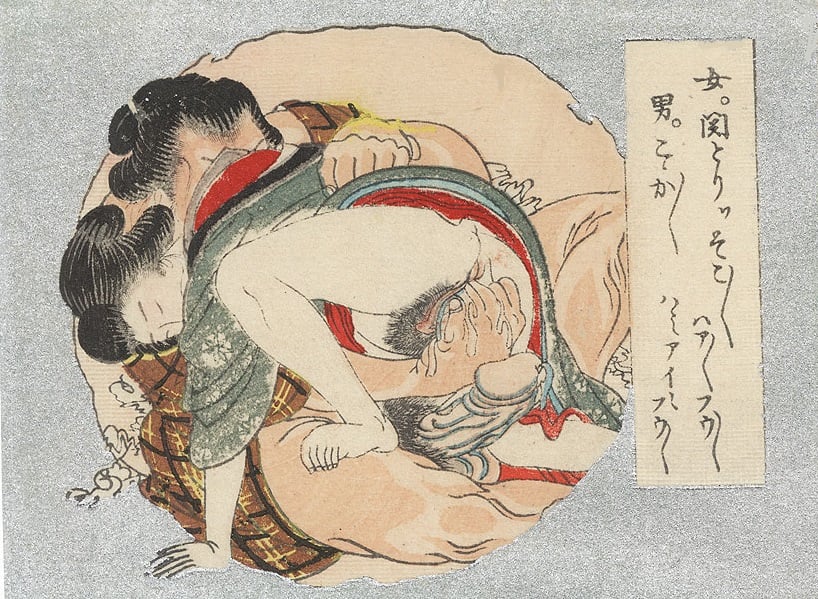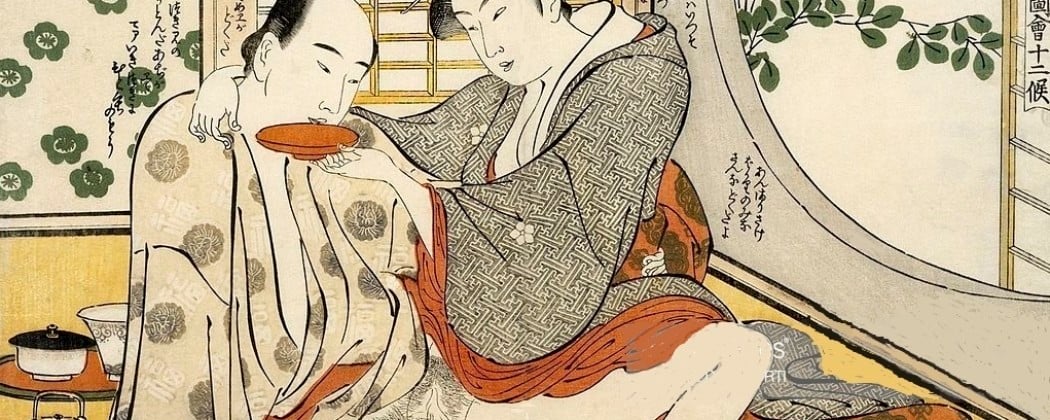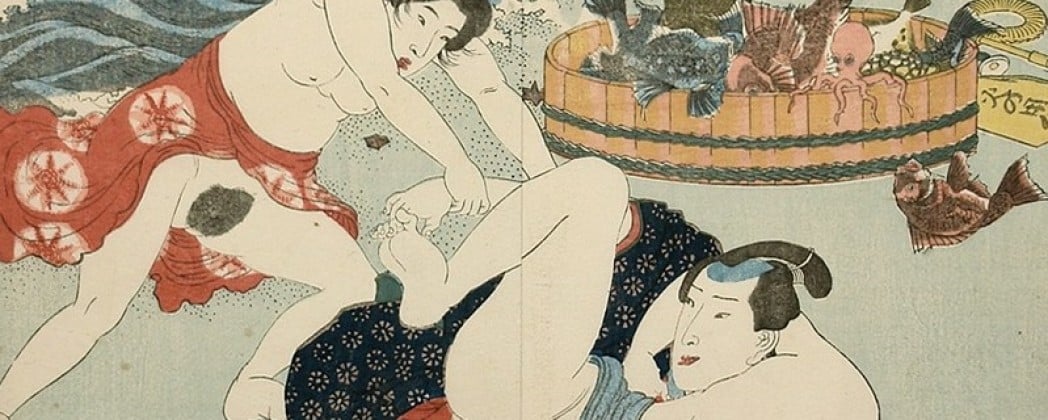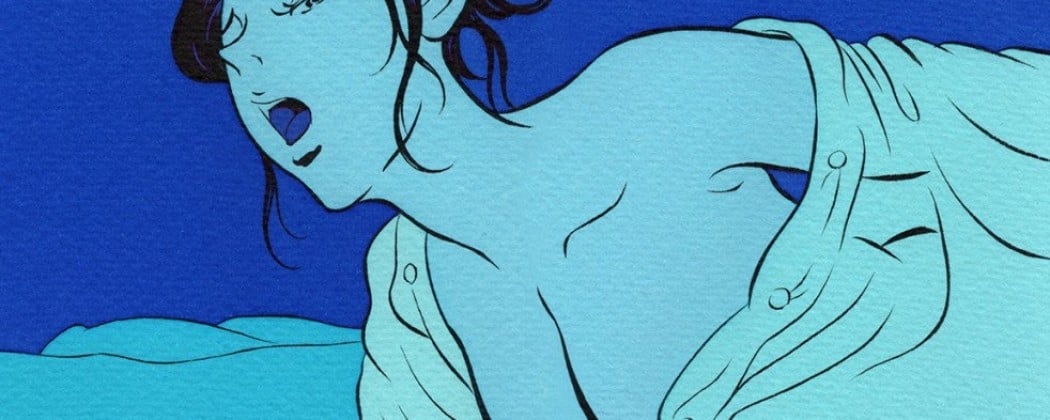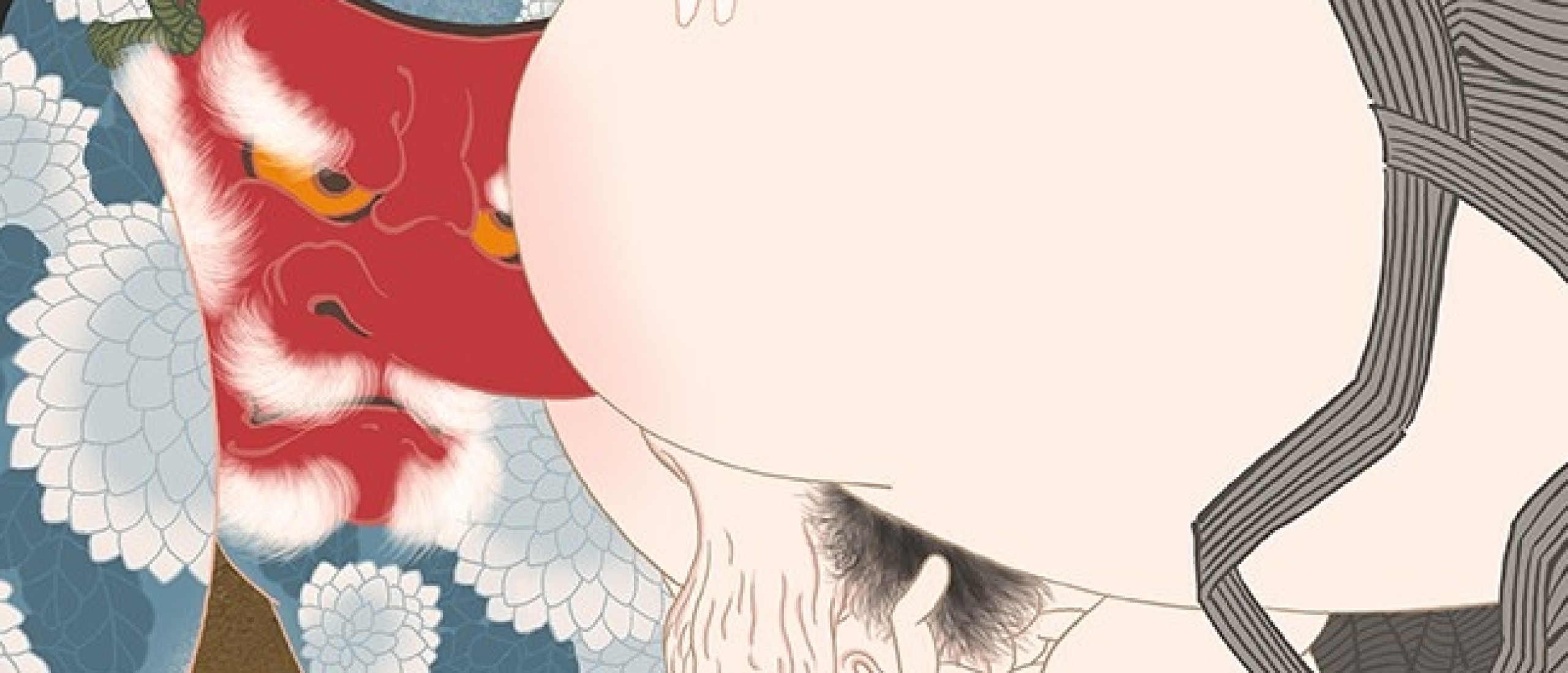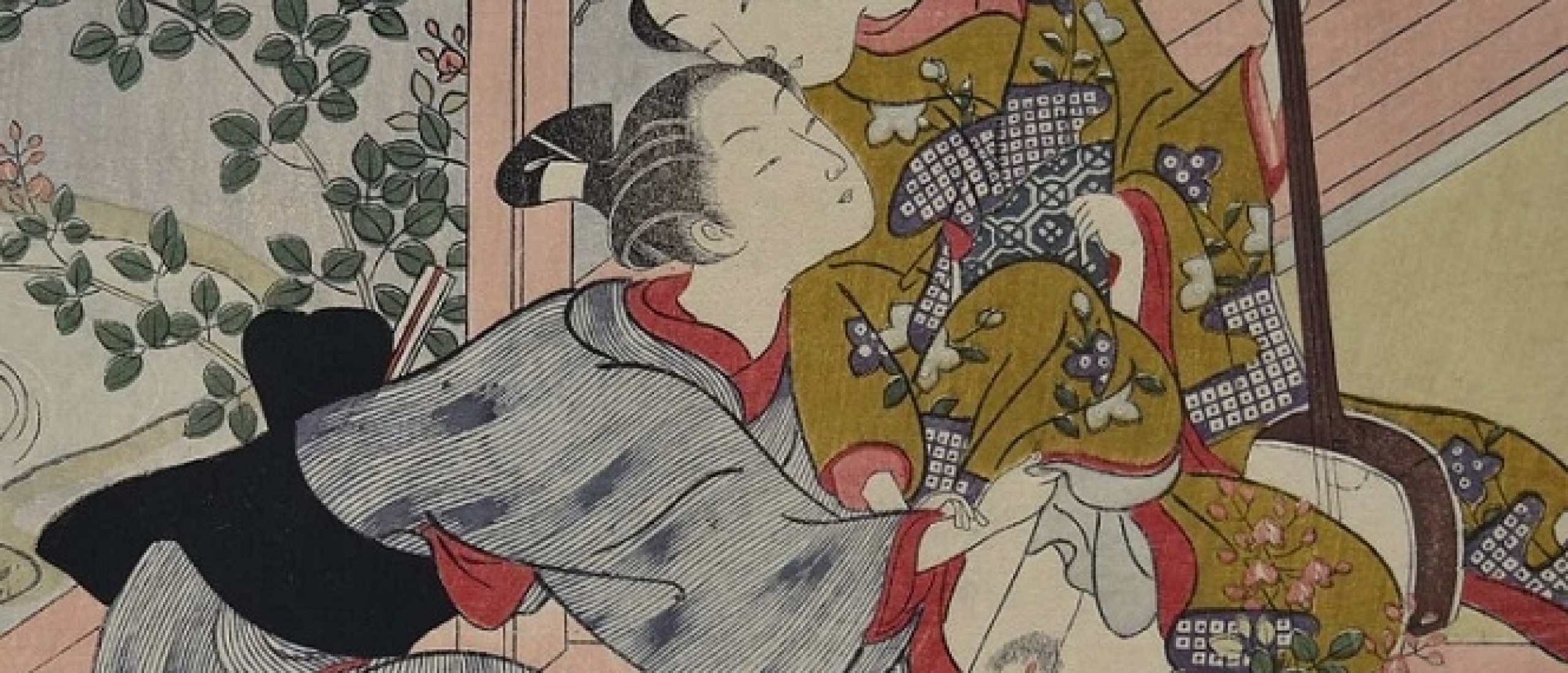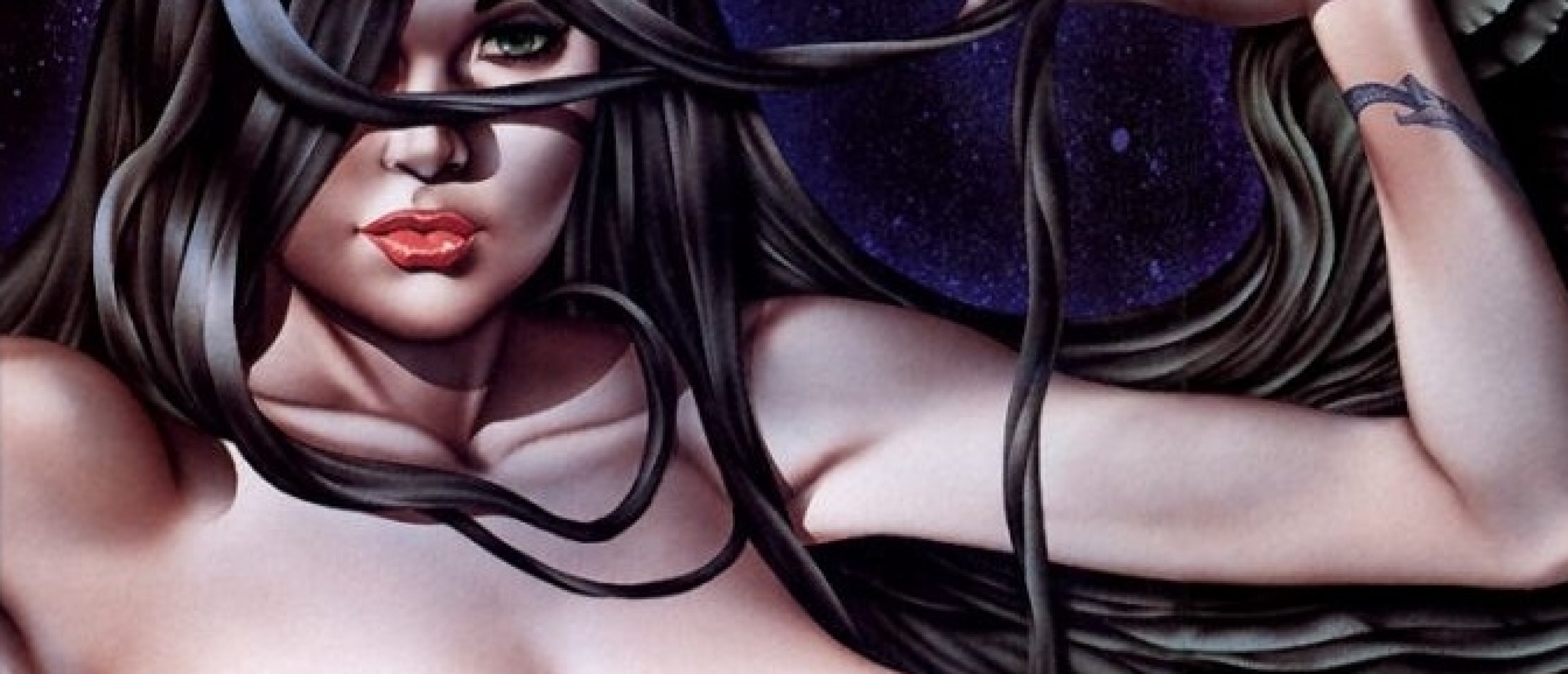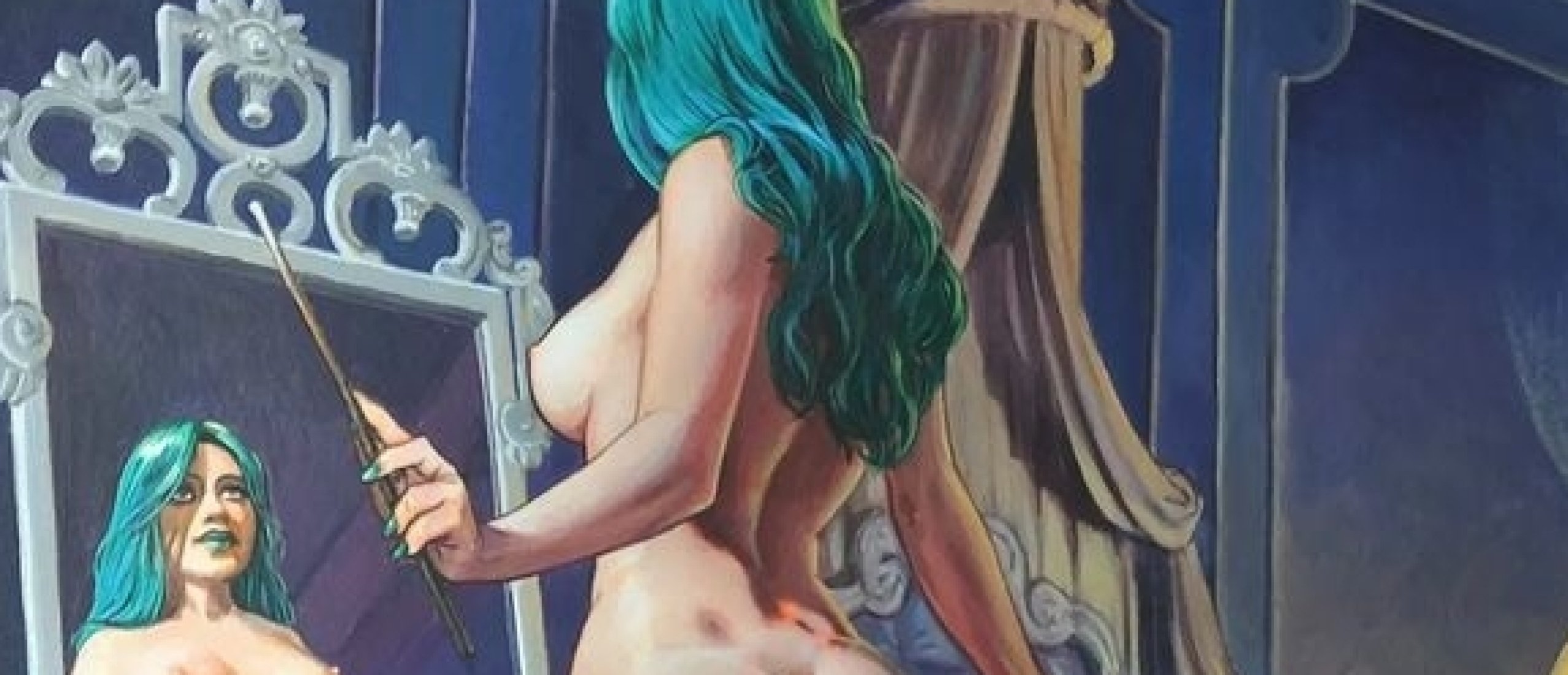
Shunga design in the smaller koban format of real-life sumo wrestlers issued in the 10th year of the Bunsei era (1828). This was the year Ozora Busaemon (大空武左衛門) entered the Katsunoura stable in Edo and entered the ring. According to records, his height was 2m27cm and his weight was 131kg.
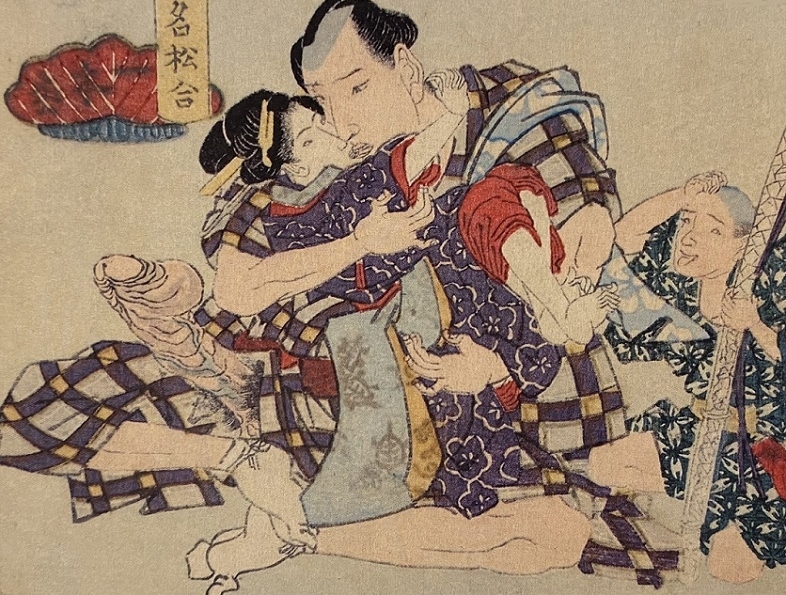
Fig.1. Ozora Busaemon making love (c.1828)
Sumo-e
Sumo were so popular and part of the Floating world in Edo that they were often depicted by ukiyo-e artists and there was even a special genre with their images called sumo-e. Occasionally they also turned up in shunga, and the famous sumo here (fig.1) is so big that the courtesan in his arms and his male helper seem like little children.
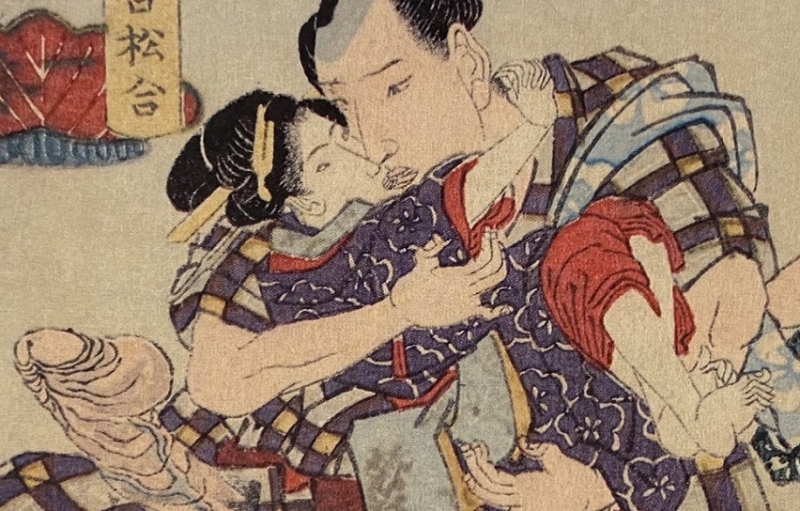
Fig.1a
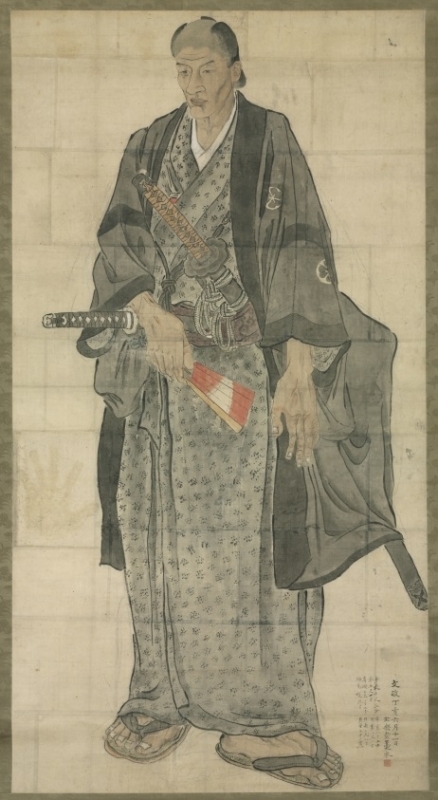
Fig.2. Scroll painting Portrait of Ozora Buzaemon (1827) by Watanabe Kazan (artsy.net)
A Farmer's Child
Figure 2 features a portrait of Ozora that was made by his friend, samurai and painter Watanabe Kazan. The painting is housed in the Cleveland Museum of Art.
Ozora, a sumo wrestler hailing from Higo Province, Kumamoto Prefecture, ventured to Edo, now Tokyo, under the patronage of the Hosokawa lord. Rising from humble origins, his ascension mirrored a farmer's child elevated to nobility. With a commanding presence and magnetic personality, he brought the sky with him wherever he went.
Bakin writes that he was naturally timid and had a gentle personality. He said his father had passed away, his mother lived in her hometown, and his parents and siblings were of normal height. Even though they are called sumo wrestlers, they do not engage in any wrestling, but only show off their dohyō iris (is a ring-entering ceremony). Nor did he want to become a sumo wrestler in Edo. Therefore, he did not stay in Edo for a long time, but made a request to the lord of Hosokawa and returned to his hometown. His life was not long at all, and he passed away at the age of 37. (Source: osanpo-trivia.com)
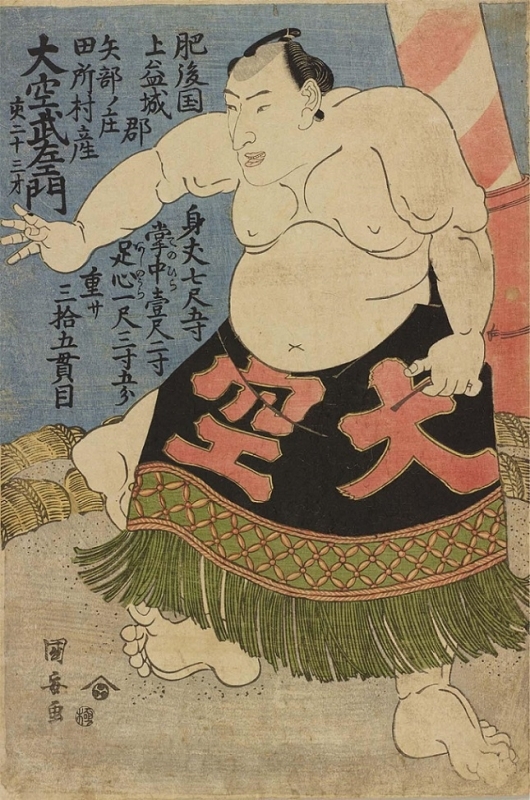
Fig.3. “Buzaemon Ozora” (c.1820s) by Utagawa Kuniyasu
In Premium you can check out many shunga stories not visible on the blog.
Click HERE for more classical shunga designs featuring sumo wrestlers
Sources: tuyashun (twitter.com), artsy.net

